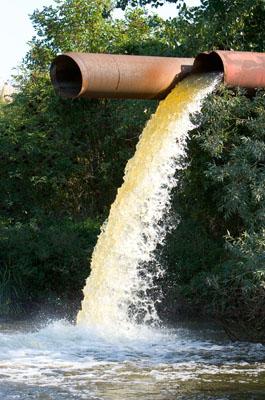Assessing Endocrine Disrupting Chemicals In Landfills, Solid Waste Sites and Wastewater
Endocrine disrupting chemicals may be present in landfills, solid waste sites and in wastewater from treatment plants. If they are present, these chemicals could end up in rivers, lakes and streams. Few studies thoroughly evaluate what happens to these chemicals when they are found in these areas.
Landfills
EPA researchers investigate the types of chemicals present in landfills as well as the persistence (how long they can be detected). EPA scientists examine landfills to determine if there are concentrations of pharmaceuticals and other types of chemicals. EPA researchers also assess wastewater effluents and develop solutions to reduce concentrations of potential endocrine disrupting chemicals.
Wastewater from treatment plants

One EPA study examines effluents from a New England river that has four waste treatment plants. Researchers from EPA, US Fish and Wildlife Service, US Geological Survey and National Park Service identify the types of chemicals in the effluents and compare the health of fish kept in cages upstream and downstream.
By comparing results, researchers can begin to address whether certain types of water treatment processes might be more effective at reducing endocrine disrupting chemicals found in wastewater. Research results help EPA to better understand the sources of endocrine disrupting chemicals and help develop solutions that municipalities can use to reduce the concentrations of these chemicals.
